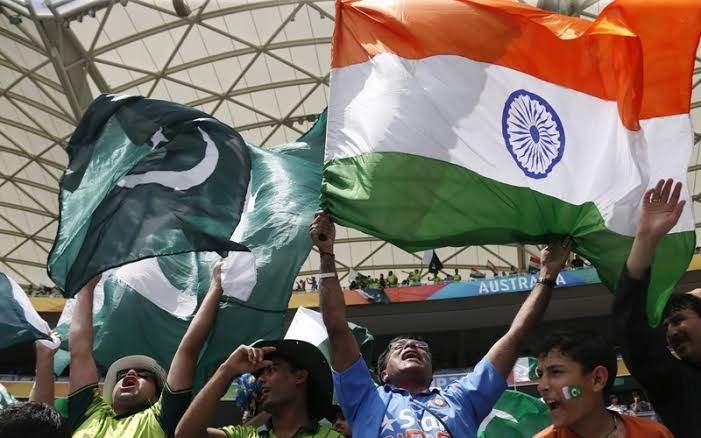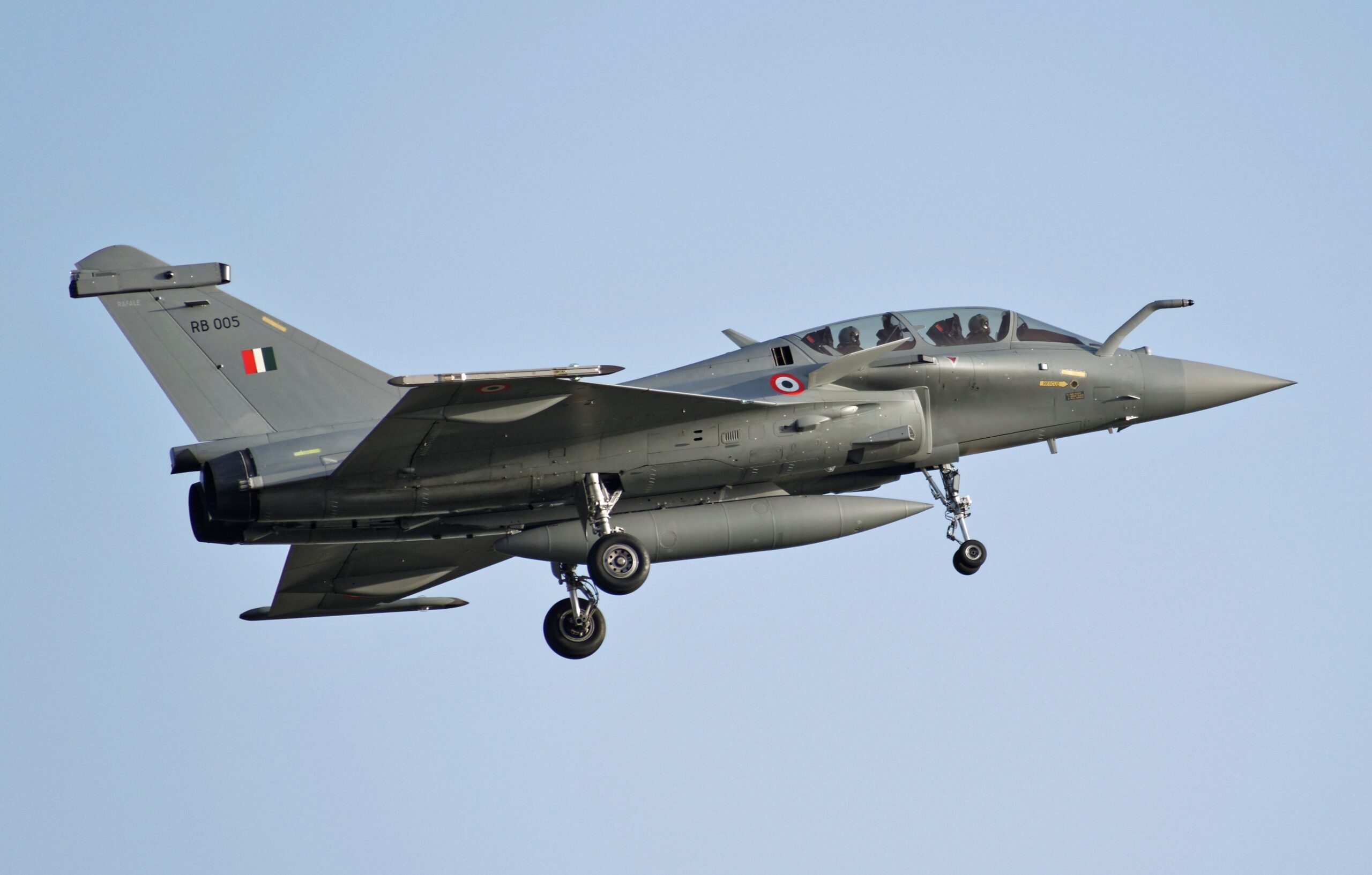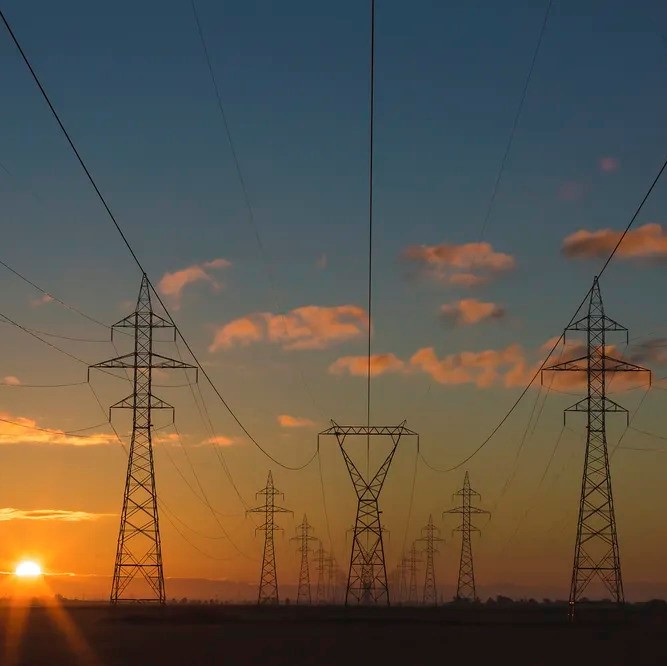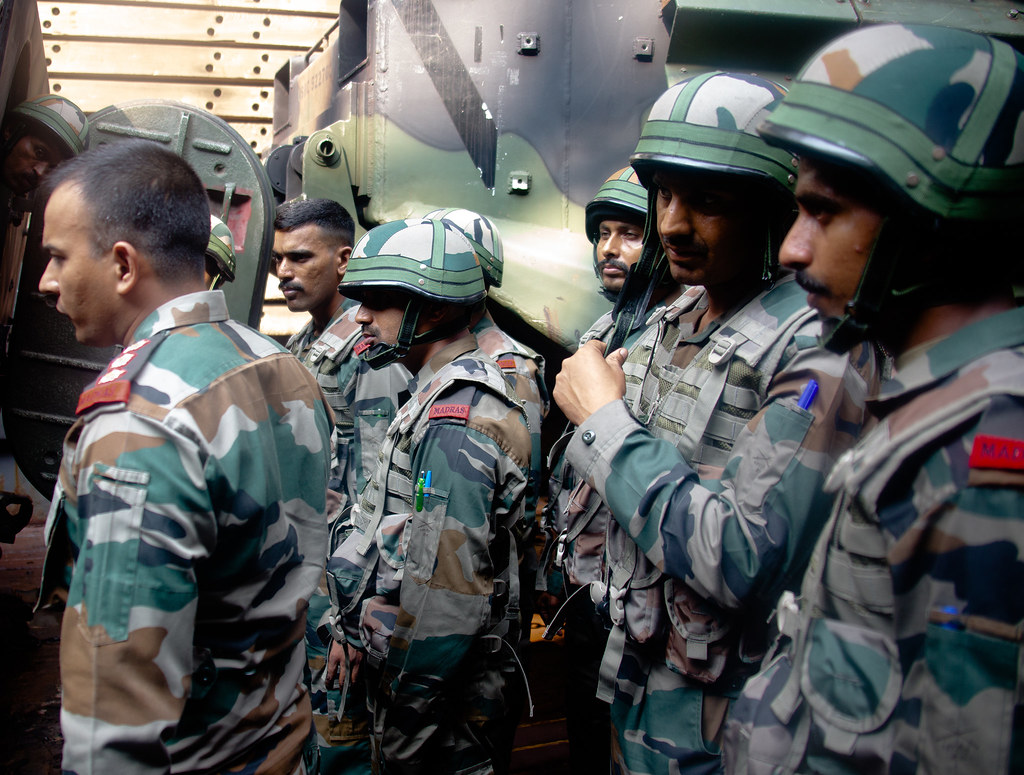In a move that has been welcomed by millions across the nation, the federal government has officially declared a three-day public holiday for Eid ul-Fitr. According to the latest notification from the Cabinet Division, the holidays will span from Monday, March 31, to Wednesday, April 2, 2025. This break not only allows families and friends to come together after the holy month of Ramadan but also provides a much-needed pause from the daily grind.
The announcement comes at a time when anticipation for Eid ul-Fitr is reaching its peak. As families begin to prepare for the festivities, the air is thick with excitement and a sense of renewal. After a month of fasting, prayer, and reflection, Eid is a day that encapsulates joy, community, and the promise of new beginnings. The official declaration of the holidays is seen as a gesture by the government to acknowledge and respect the religious sentiments of its citizens, ensuring that everyone has the opportunity to celebrate this auspicious occasion without the pressures of work or routine obligations.
The process of determining the exact date of Eid ul-Fitr is steeped in tradition and scientific inquiry alike. The Central Ruet-e-Hilal Committee, along with zonal committees, is scheduled to convene on the evening of Sunday, March 30, 2025 (Ramazan 29, 1446 AH). The meeting, which will take place at the Ministry of Religious Affairs and Interfaith Harmony, is a critical gathering where religious scholars, meteorological experts, and other stakeholders will deliberate on the moon sighting reports received from across the country.
The sighting of the Shawwal moon holds immense significance in the Islamic calendar. It not only signals the end of Ramadan but also marks the beginning of Shawwal, the month during which Eid ul-Fitr is celebrated. Historically, the unaided-eye observation of the crescent moon has been a religious obligation for Muslims, symbolizing the close relationship between faith and nature. This year, the committee’s decision is expected to be bolstered by scientific assessments provided by the Pakistan Space & Upper Atmosphere Research Commission (Suparco). Suparco’s forecasts, based on astronomical calculations and modern observational data, indicate that the Shawwal moon will likely be visible on March 30, a prediction that aligns with centuries-old traditions yet is affirmed by contemporary science.
For many, the announcement of the holidays is more than just a break from work—it is a moment to reconnect with family, to reflect on personal growth, and to embrace the spiritual renewal that Eid ul-Fitr brings. Across the country, streets are already abuzz with preparations: shops are decorating their windows, markets are stocking up on sweets and special foods, and mosques are busy with the final rounds of Ramadan prayers. The festive spirit is palpable in every corner, as people eagerly await the joyous day of Eid.
In the weeks leading up to Eid, communities often take the time to engage in charitable activities, helping those in need and ensuring that the less fortunate are not left behind during the celebrations. This year, the government’s decision to grant a three-day holiday is also seen as an opportunity for local organizations and community groups to come together and organize events that reinforce the values of unity, generosity, and compassion. Whether it’s through community feasts, interfaith gatherings, or local charity drives, the essence of Eid ul-Fitr is captured in these acts of kindness and solidarity.

The official meeting of the moon-sighting committee is a reminder of how tradition and modernity can coexist. While advanced astronomical models offer precise predictions about the visibility of the crescent, the human element remains essential. Testimonies from around the country will be collected and carefully examined, ensuring that the final decision reflects both empirical evidence and the lived experiences of millions of believers. This balanced approach not only reinforces the integrity of the process but also highlights the importance of cultural heritage in contemporary society.
Critics and supporters alike have expressed their views on the integration of science with traditional practices. Many applaud the use of modern technology to verify ancient traditions, arguing that it lends greater credibility and accuracy to the process. Others, however, emphasize that the human connection to nature and the celestial world should never be fully replaced by scientific methods. In either case, the dialogue underscores a broader conversation about the role of technology in preserving cultural practices—a debate that is as relevant today as it has ever been.
The timing of the holiday announcement also has significant implications for the country’s economic and social fabric. Public holidays, especially those tied to important cultural and religious events, offer a moment of respite for workers and students, creating a temporary pause that can have positive effects on mental health and community spirit. For businesses, while the break may mean a brief slowdown, it is also an opportunity to engage with consumers in a more relaxed and festive atmosphere. In many ways, the holidays serve as a bridge, connecting the intense focus of daily work life with the reflective and celebratory spirit of Eid ul-Fitr.
As the nation gears up for the celebration, many are looking forward to a period of rest, joy, and introspection. Eid ul-Fitr is not just about marking the end of Ramadan; it is about celebrating the resilience of the human spirit and the ability to find light even in challenging times. The three-day holiday offers a chance for everyone—irrespective of age, occupation, or social status—to pause, appreciate the blessings of life, and prepare for the opportunities that lie ahead.
In these moments of collective celebration, there is also a deep sense of responsibility. The challenges that our society faces, from economic uncertainties to social disparities, require that we come together not just in celebration but also in action. The spirit of Eid ul-Fitr, with its emphasis on charity, gratitude, and community, can serve as a guiding light for addressing these issues. As families share meals and exchange heartfelt greetings, there is a renewed call to extend that warmth and compassion to every corner of society.
In conclusion, the government’s announcement of the Eid ul-Fitr holidays is a welcome development that encapsulates both tradition and progress. It is a reminder that while the modern world moves rapidly, there is enduring value in our cultural and religious practices. As we look forward to the sighting of the Shawwal moon on March 30 and the ensuing celebrations on March 31, let us embrace this time of joy, reflection, and unity. Whether through reconnecting with loved ones, engaging in community service, or simply taking a moment to appreciate the beauty of life, Eid ul-Fitr stands as a testament to the strength and resilience of the human spirit.
This year, as the crescent moon graces the skies, may it also illuminate the hearts of millions, inspiring hope, gratitude, and a renewed commitment to building a more compassionate and harmonious world.




